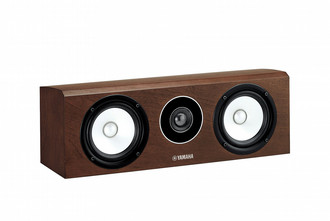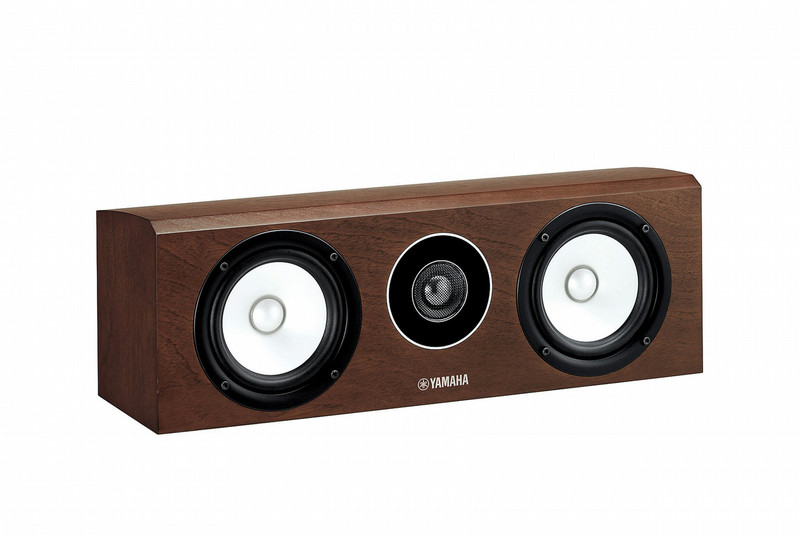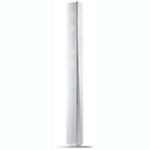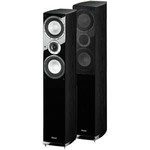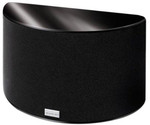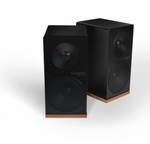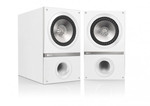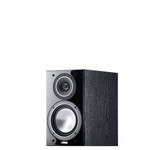目錄的
-
目錄的
- Antiquitäten & Kunst
- Auto & Motorrad: Fahrzeuge
- Baby
- Bücher
- Camping & Outdoor
- Feinschmecker
- Garten & Terrasse
- Haushalt & Wohnen
- Haustierbedarf
- Heimwerken & Garten
- IT和电子
- Kleidung & Accessoires
- Modellbau
- Musik
- PC- & Videospiele
- Sammeln & Seltenes
- Spielzeug
- TV, Video, DVD
- Telekommunikation
- Uhren & Schmuck
- Wellness & Beauty
- fashion & lifestyle
- institutional food services equipment
- medical equipment, accessories & supplies
- 个人护理
- 休闲爱好
- 办公设备,用品和配件
- 商业与工业
- 家居,建筑,装修
- 家用电器
- 摩托车及配件
- 武器和弹药
- 照相机
- 花园和庭院
- 运动,娱乐及休闲
- 食物
- 高保真音響
Filters
Search
Yamaha NS-C700
凡购买和价格 (Advertising *)
顶部
技术特点
顶部
扬声器
| 低音炮 | Y |
|---|---|
| 高音喇叭驱动器数量 | 1 |
| 驱动程序数量 | 3 |
| 扬声器数量 | 1 |
| 放大器 | N |
| 高频扬声器 | Y |
| 低音单元驱动器数量 | 2 |
| 扬声器位置 | Center |
| 推荐使用 | Speaker set unit |
| 适合户外使用 | N |
| Woofer diameter | 130 mm |
| Tweeter diameter | 30 mm |
音频
| 峰值音乐输出功率(PMPO) | 160 W |
|---|---|
| 交叉频率 | 5000 Hz |
| 灵敏度 | 89 dB |
| 频率范围 | 60 - 50000 Hz |
| 阻抗 | 6 Ω |
性能
| 均衡器 | N |
|---|
另外
| 连接方式 | Wired |
|---|
40/160W, 6Ω, 89dB
The Design Is Innovative, the Sound Is Dynamic, Vivid and “Live”
NS-700 speakers deliver sound that is so dynamic and vivid, it seems live. One of the main reasons for this is the nonparallel design of the cabinets. In designing them, the Yamaha speaker team aimed to maximise sound clarity and imaging, while minimising internal standing waves. They succeeded with a rounded top panel that helps to reduce vertical standing waves, and a trapezoidal shape that serves to reduce the horizontal ones. The result is a very natural, expansive sound, making the NS-700 speakers excellent for both multi-channel music of any genre and home theatre use.
A-PMD Woofer and Midrange Cones
Yamaha’s exclusive A-PMD (Advanced Polymer-injected Mica Diaphragm) cones are extremely light, rigid and sturdy thanks to the use of a low specific gravity material called PMP (Poly-Methyl-Pentene) that is much lighter than polypropylene. It provides very fast response time (sound rise and fall), as well as excellent midrange clarity and bass response. Outstanding internal loss characteristics decrease unwanted resonances to achieve the smooth frequency response that results in natural sounding vocals.
Aluminium Dome, DC-Diaphragm™ Tweeter
The high-performance 3cm (1-1/8”) tweeter features a dome made of aluminium, with Yamaha’s DC-Diaphragm that integrates the diaphragm and voice coil. It is extremely light yet durable, and transmits large amounts of sound information (highly detailed sound) for a denser sound field. As a result, this tweeter delivers highs that are crisp and clear at all power levels.
Three-Way Mitered-Joint Construction for a Rigid Body
Yamaha’s excellence in woodworking is used to good advantage in the three-way mitered construction of the cabinet joints. This technique ensures extremely tight joints so the entire cabinet behaves as a single unit, providing tight bass reproduction.
NS-700 speakers deliver sound that is so dynamic and vivid, it seems live. One of the main reasons for this is the nonparallel design of the cabinets. In designing them, the Yamaha speaker team aimed to maximise sound clarity and imaging, while minimising internal standing waves. They succeeded with a rounded top panel that helps to reduce vertical standing waves, and a trapezoidal shape that serves to reduce the horizontal ones. The result is a very natural, expansive sound, making the NS-700 speakers excellent for both multi-channel music of any genre and home theatre use.
A-PMD Woofer and Midrange Cones
Yamaha’s exclusive A-PMD (Advanced Polymer-injected Mica Diaphragm) cones are extremely light, rigid and sturdy thanks to the use of a low specific gravity material called PMP (Poly-Methyl-Pentene) that is much lighter than polypropylene. It provides very fast response time (sound rise and fall), as well as excellent midrange clarity and bass response. Outstanding internal loss characteristics decrease unwanted resonances to achieve the smooth frequency response that results in natural sounding vocals.
Aluminium Dome, DC-Diaphragm™ Tweeter
The high-performance 3cm (1-1/8”) tweeter features a dome made of aluminium, with Yamaha’s DC-Diaphragm that integrates the diaphragm and voice coil. It is extremely light yet durable, and transmits large amounts of sound information (highly detailed sound) for a denser sound field. As a result, this tweeter delivers highs that are crisp and clear at all power levels.
Three-Way Mitered-Joint Construction for a Rigid Body
Yamaha’s excellence in woodworking is used to good advantage in the three-way mitered construction of the cabinet joints. This technique ensures extremely tight joints so the entire cabinet behaves as a single unit, providing tight bass reproduction.
類似的優惠
顶部
-
支付方式
我们接受:


